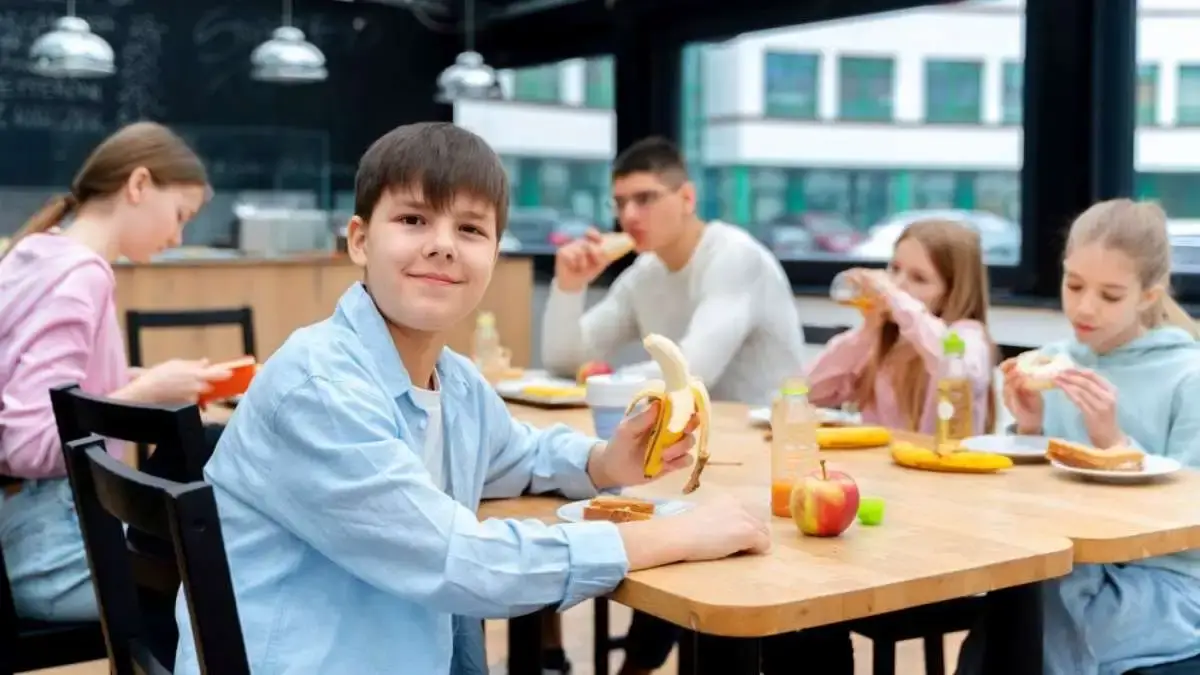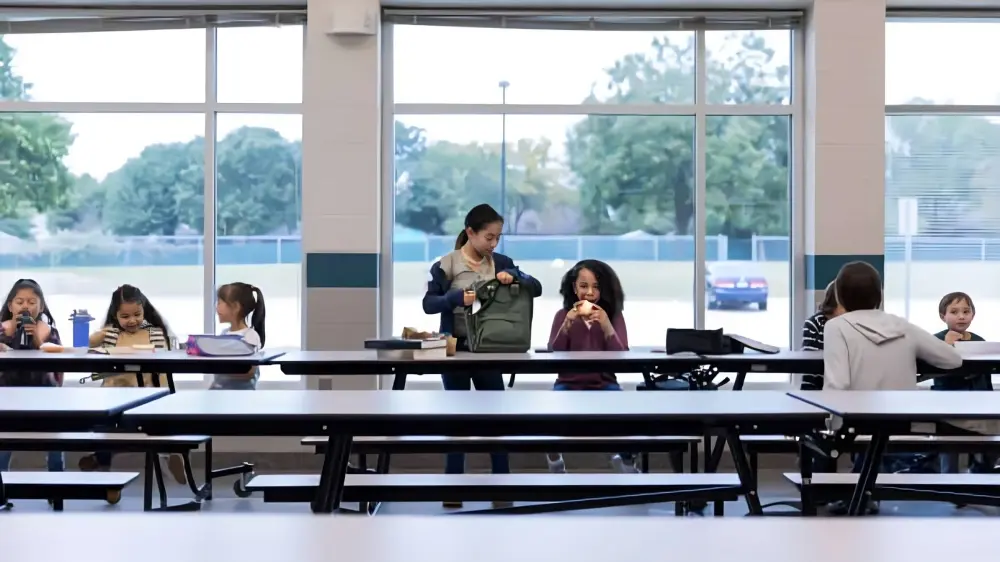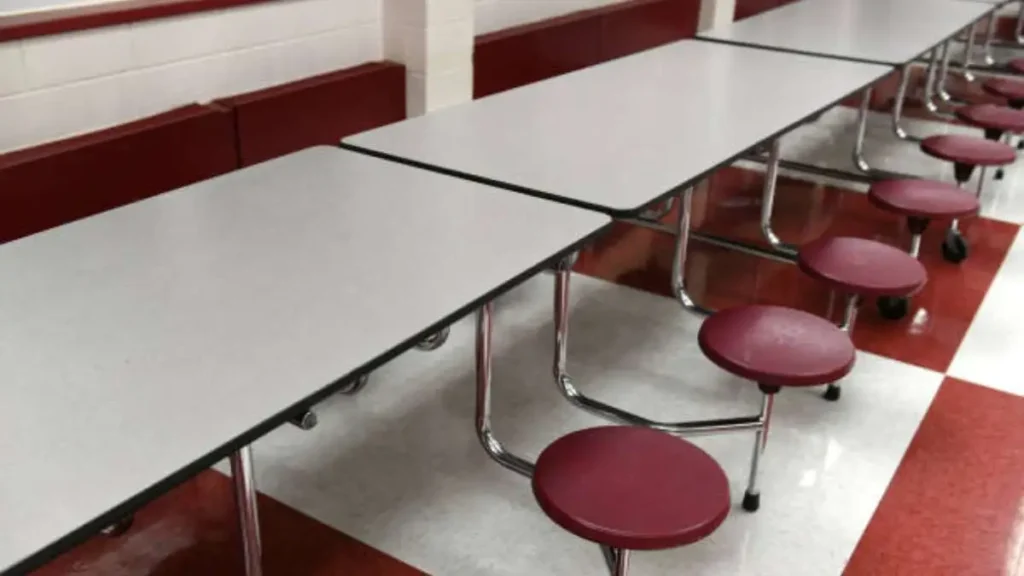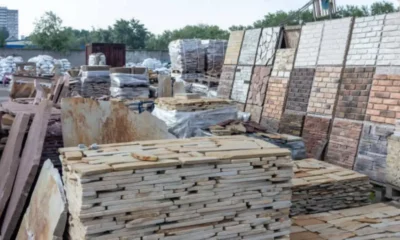GENERAL
Choosing the Perfect Lunch Table for Your School Cafeteria

Selecting the right lunch tables for a school cafeteria is more than just a matter of furniture; it is a crucial decision that impacts the social dynamics, efficiency, and overall ambiance of the dining space. With a diverse range of options available, making the right choice requires careful consideration of various factors to ensure the tables meet the needs of the students and staff. This guide will help you navigate through the key aspects to consider when choosing the perfect lunch table for your school cafeteria.
Table of Contents
Understanding the Needs of Your School
Student Population and Age Range
The size and age range of the student population significantly influences the type of lunch tables that will be most suitable. Elementary schools typically benefit from tables that are lower in height and can accommodate smaller children comfortably. Conversely, middle and high schools need tables that can cater to taller and more robust students. Understanding the specific needs of your student body will guide you in selecting tables that are appropriately sized and designed.
Social Interaction and Seating Capacity
The layout and design of lunch tables can encourage or hinder social interaction among students. Round or oval tables are excellent for promoting inclusive conversations, allowing students to see and talk to everyone at the table. Rectangular or square tables can be ideal for larger groups, offering more seating capacity and better utilization of space. Consider the social dynamics you wish to foster in your cafeteria when choosing the shape and size of the tables.

Material and Durability
Selecting the Right Material For Lunch Table
School cafeterias are high-traffic areas that demand durable and easy-to-maintain furniture. Common materials for lunch tables include:
- Laminate: Affordable and available in various colors and designs, laminate tables are easy to clean but may be prone to chipping over time.
- Solid Wood: Offers a classic and sturdy option but can be expensive and requires regular maintenance.
- Plastic: Lightweight and durable, plastic tables are resistant to spills and easy to clean, making them ideal for younger students.
- Metal: Extremely durable and often combined with other materials like laminate or wood for the tabletop, metal frames provide stability and longevity.
Maintenance and Longevity
When investing in lunch tables, consider the maintenance requirements and expected lifespan of the materials. Tables that are easy to clean and resistant to damage will save time and money in the long run. Opt for materials that can withstand daily wear and tear, such as spills, scratches, and impacts.
Safety and Accessibility
Ensuring Safety
Safety is a paramount concern in any school environment. Lunch tables should have rounded edges to prevent injuries and be sturdy enough to withstand frequent use without tipping over. Ensure that the tables are constructed with non-toxic materials and comply with safety standards.
Accessibility for All Students
It is essential to provide accessible seating options for students with disabilities. Ensure that your cafeteria includes tables designed to accommodate wheelchairs, with enough clearance space underneath and around the tables. Inclusive seating arrangements demonstrate a commitment to providing a welcoming environment for all students.
Aesthetic and Customization
Matching School Colors and Themes
Lunch tables are not just functional; they also contribute to the overall aesthetic of the cafeteria. Choose tables that complement your school’s colors and themes to create a cohesive and visually appealing environment. Many manufacturers offer customization options, allowing you to select colors, finishes, and even logos that reflect your school’s identity.
Flexible and Modular Designs
Consider tables with modular designs that can be easily reconfigured to suit different needs. Foldable or stackable tables provide flexibility, allowing the cafeteria space to be used for various events and activities beyond lunch hours. This versatility can enhance the functionality of the space and accommodate changing requirements.

Budget Considerations
Balancing Quality and Cost
While it is tempting to opt for the least expensive option, it is crucial to balance quality and cost. Investing in higher-quality tables may have a higher upfront cost but can save money in the long term due to their durability and reduced maintenance needs. Consider the total cost of ownership, including potential repairs and replacements, when making your decision.
Funding and Grants
Explore funding opportunities and grants that can help offset the cost of new lunch tables. Many educational foundations and organizations offer grants for school improvements, including cafeteria upgrades. Research available options and apply for funding to support your purchase.
Conclusion
Choosing the perfect lunch table for your school cafeteria involves a careful evaluation of various factors, from the needs of the students to the aesthetic and budgetary considerations. By understanding the unique requirements of your school and prioritizing durability, safety, and flexibility, you can select tables that enhance the dining experience for students and staff alike. Investing in the right lunch tables not only improves the functionality of the cafeteria but also contributes to creating a positive and inclusive school environment.
-

 GENERAL2 months ago
GENERAL2 months agoUncovering the World of кинокрадко: The Dark Side of Film Piracy
-

 GENERAL1 month ago
GENERAL1 month agoUnveiling the Art of преводсч: How Translators Bridge Language Barriers
-

 YOGA1 year ago
YOGA1 year ago4 Person Yoga Poses for Beginners
-

 GENERAL2 months ago
GENERAL2 months agoThe Journey of iamnobody89757: From Anonymous User to Internet Sensation


























